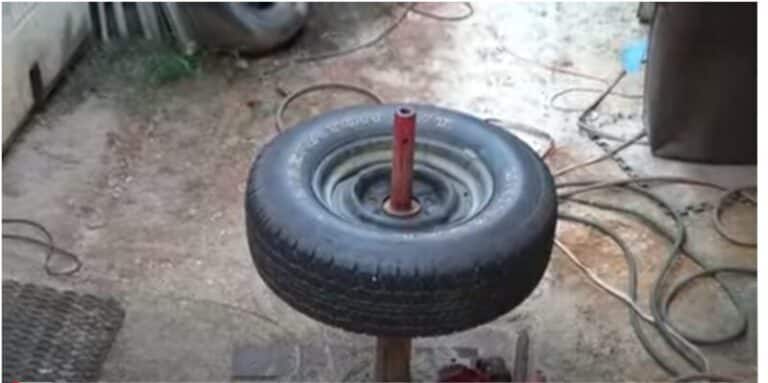Understanding the ABS Light After a Brake Job
Your vehicle’s safety is of utmost importance, and knowing how to address potential issues can save valuable time and resources. One common issue that may arise after a brake job is the appearance of the ABS (Anti-Lock Braking System) light on your dashboard.
This article aims to shed light on possible reasons behind this occurrence and provide guidance for addressing it.

Potential Causes of an Illuminated ABS Light
There are several factors that could contribute to the ABS light coming on after completing a brake job. Some of these include:
- Inadequate brake fluid levels: Low or old brake fluid can affect the overall performance of the braking system and trigger the ABS warning light.
- Malfunctioning wheel speed sensor: The wheel speed sensors play a crucial role in the ABS system, and any damage to them can cause the ABS light to illuminate.
- Faulty traction control system: If the traction control system is not functioning correctly, it may impact the ABS system and result in the activation of the warning light.
- Defective instrument cluster voltage regulator: A faulty voltage regulator can interfere with the proper functioning of the ABS system, causing the warning light to come on.
How to Diagnose the Issue
To determine the root cause of an illuminated ABS light, follow these steps:
- Observe additional warning lights: Notice if other warning lights, such as those related to the traction control system, are also illuminated. This information can help pinpoint the issue.
- Inspect brake fluid levels: Check the brake fluid reservoir to ensure that it is filled to the appropriate level. Low or old brake fluid may need to be replaced.
- Scan for diagnostic trouble codes (DTCs): Use an OBD-II scanner to check for any stored DTCs related to the ABS system. This can help identify any malfunctioning components.
Troubleshooting Specific Problems
If the cause of the illuminated ABS light has been determined, follow these steps to address the specific issue:
- Inadequate brake fluid levels: Top off or replace the brake fluid as needed. Always use the recommended type and grade specified by your vehicle’s manufacturer.
- Malfunctioning wheel speed sensor: Inspect each wheel speed sensor for damage or debris. Clean or replace sensors as necessary.
- Faulty traction control system: Address issues with the traction control system, such as replacing a damaged module or repairing wiring connections.
- Defective instrument cluster voltage regulator: Replace the faulty voltage regulator to restore proper ABS system functionality.
Preventing Future ABS Light Issues
Maintaining your vehicle’s braking system is crucial in ensuring both safety and performance. To minimize the chances of encountering ABS warning light issues in the future, consider taking the following preventative measures:
- Regularly inspect brake fluid levels: Checking and topping off brake fluid when needed helps maintain optimal braking performance.
- Clean wheel speed sensors: Regularly clean the wheel speed sensors to prevent debris buildup that could interfere with their functionality.
- Perform routine brake maintenance: Regularly inspect and replace worn brake components, such as pads and rotors, to ensure optimal braking performance.
- Adhere to manufacturer recommendations: Follow your vehicle’s manufacturer guidelines for scheduled maintenance intervals and component replacements.
Know When to Seek Professional Assistance
While some ABS light-related issues can be resolved with simple at-home fixes, others may require the expertise of a professional mechanic. If you are unable to diagnose or resolve the issue on your own, or if you suspect a more severe problem, it is best to consult a professional for assistance.
In conclusion, an illuminated ABS light after a brake job should not be ignored. By understanding potential causes, diagnosing the issue, and taking appropriate action, you can help ensure that your vehicle’s braking system remains in optimal working condition.






